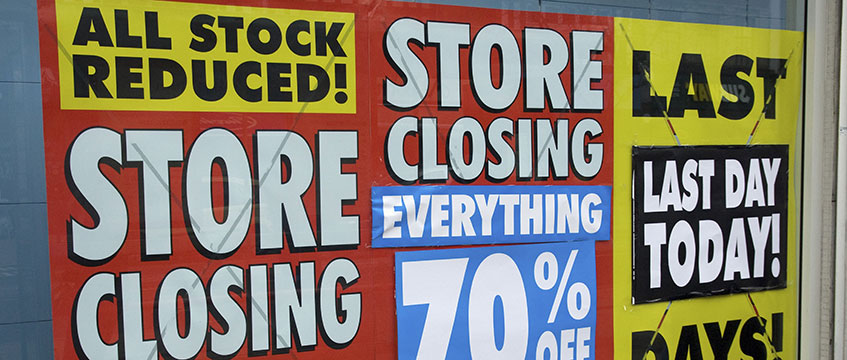Retail and leisure landlords are facing a flood of lease expiries over the next five years that could see close to 1bn sq ft of space and thousands of over-rented assets back on the market.
Analysis using EG’s Radius Data Exchange shows that almost 65% of retail and food and beverage leases signed since 2015 will expire or have lease breaks between now and 2025, potentially delivering some 975m sq ft back to landlords.
Additional analysis of EG’s data shows that one-third of retail and leisure units that have a lease event due over the next decade are over-rented.
Landlords heavily exposed to fashion and food and beverage face the biggest risk, with these two tenant types representing some 35% of the lease expiries coming in the next five years.
While restaurants experienced a relative boom period in the first wave of retail consolidations in the mid-2010s and took advantage with a raft of openings in high streets and shopping centres, their numbers plateaued and reached “peak restaurant” in around 2017. Since the outbreak of coronavirus, leisure businesses have been hit particularly hard.
The fashion sector has struggled with the challenge of balancing a bricks-and-mortar portfolio against increasing online saturation for a number of years, with its typically larger floorplates in typically prime retail destinations, meaning that tight margins have become further squeezed in the face of rates and rental increases and declining footfall.
Figures from Radius Data Exchange show that since the start of 2018 more than 27m sq ft of retail and food and beverage space has been vacated due to CVAs, administrations and traders no longer able to operate. The forced closure of many during the first national lockdown served as the final blow, accelerating an otherwise slow journey from “hanging in there” to insolvency. So far, more than 2,000 individual shops and eateries have been shuttered since the beginning of the year.
Analysis from EG Propertylink shows that the number of individual retail properties coming to market in 2020 is already 40% up on the record set in the previous year, to reach more than 7,500 units. This figure is some 77% higher than the last low of 1,477 units in 2017, and is expected to continue to increase in line with growing consolidation in the sector.
This increase in supply and fall in demand has finally slowed down the number of applications for new space, which up until 2016 was still increasing. Radius Data Exchange analysis shows that permission rates for new stock have started to plummet, with fewer than one in five new applications being signed off in 2020 to date.
The big question now for landlords will be what to do with the glut of space expected to arrive in the market over the next few years and how to rent it.
To send feedback, e-mail james.child@egi.co.uk or tweet @JamesChildEG or @estatesgazette











